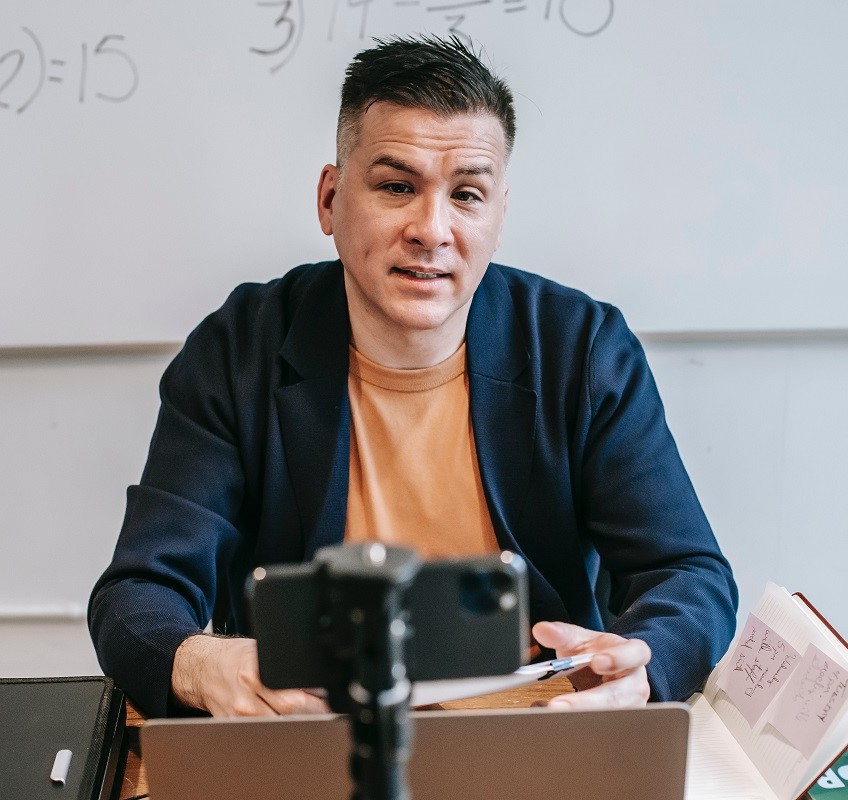Science, technology, engineering, mathematics (SEM), and technology (STM) are broad terms used to classify these academic fields. These terms are sometimes used interchangeably; however, each field incorporates aspects of several other disciplines, as well as application-based learning techniques and knowledge systems for teaching and learning. In the United States, science, technology, and engineering (STIE) comprise roughly half of the total National Science Foundation (NSF) budget. These three areas of study are the common focus of research grants, although there has been much criticism within the scientific community for the poor funding practices of most STIE programs. Funding for research is normally based on the impact on society and the potential to yield benefits for society.
Science, technology, and engineering (STE) generally fall under the broader category of applied research. This broad area studies research efforts aimed at addressing technology needs as a whole rather than focusing on a particular application in time or space. Applied research in the field of science is usually done through the support and participation of many different disciplines in many different places, with interdisciplinary collaborations and interactions at every stage. These efforts build on prior research and development efforts and use scientific methods and data in new ways to address problems in society, the economy, politics, and environment.
Science, technology, and engineering (STE) curricula emphasize problem solving, measurement, hypothesis testing, communication, improvement, design, and documentation. These lessons are woven into K-12 education, while also drawing from more specialized disciplines such as mathematics, physics, chemistry, biology, computer science, and engineering. The goal of teaching and learning is for the student to gain self-awareness, confidence, knowledge, skill, and independence. Curriculum is designed to be challenging at all times and should incorporate multiple learning experiences, opportunities for self-reflection and independent thinking, and rigorous and principled applications grounded in solid research and evidence. The curriculum should advance knowledge, provide instruction when appropriate, and encourage critical thinking skills. Overall, a well-rounded curriculum promotes learning that leads to better understanding of the subject, as well as responsibility as an individual contributor to society.


 Lucas Green
Lucas Green

